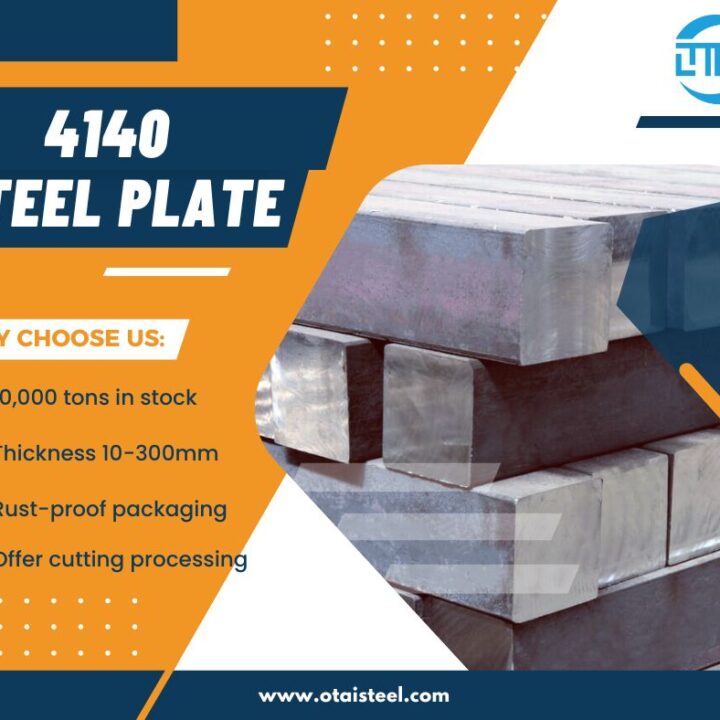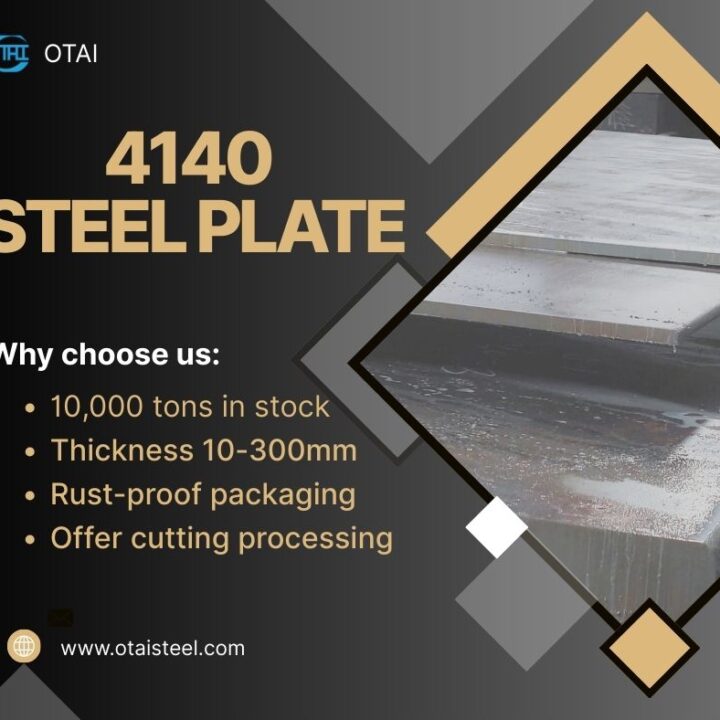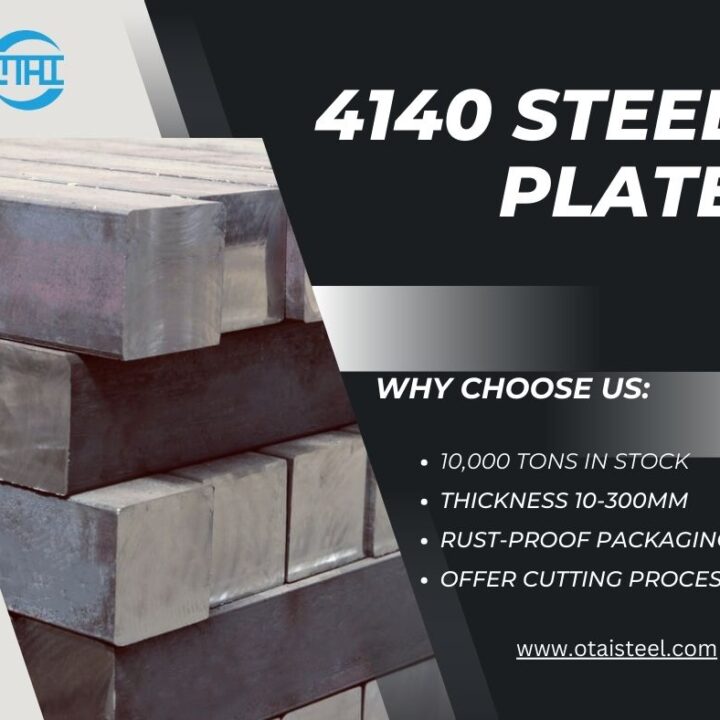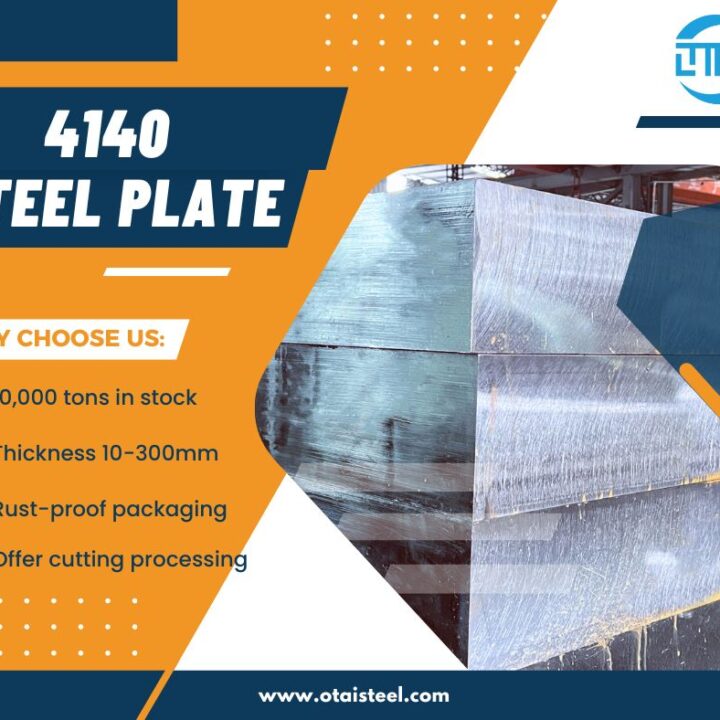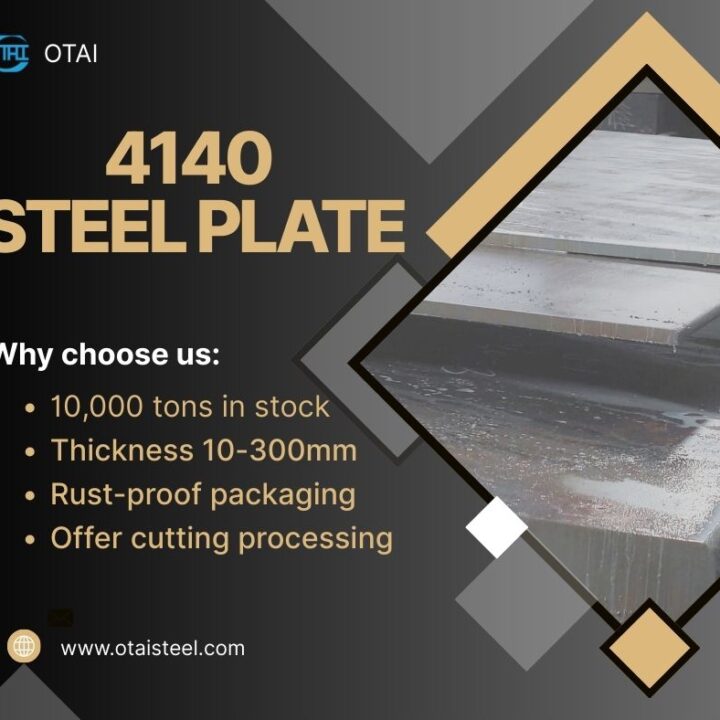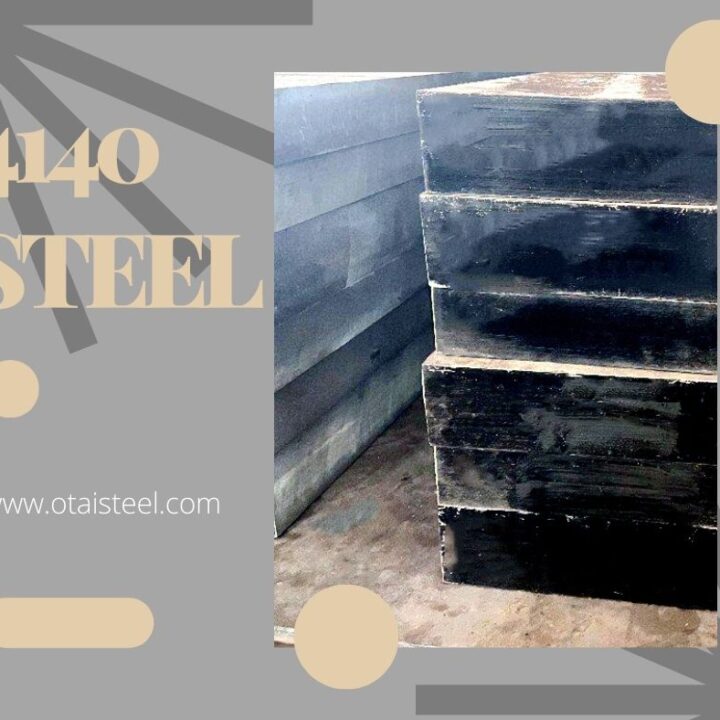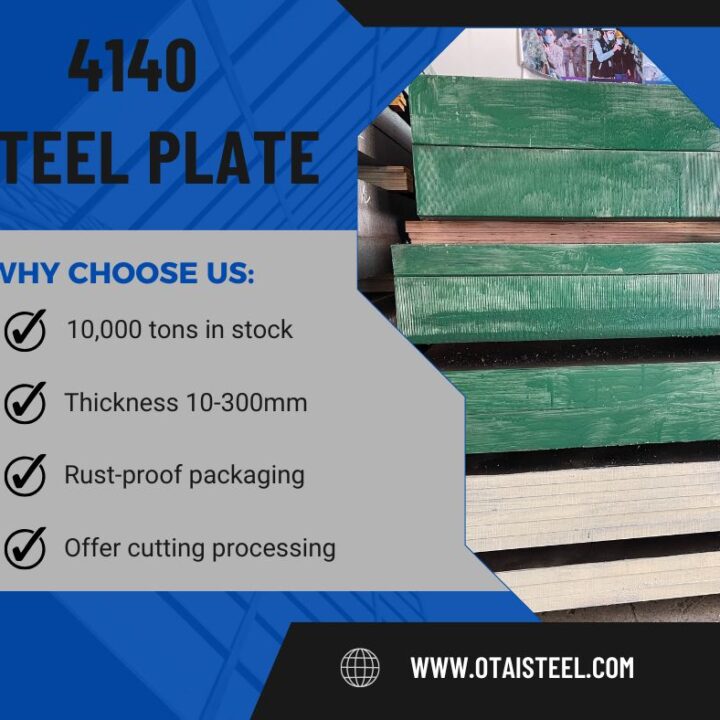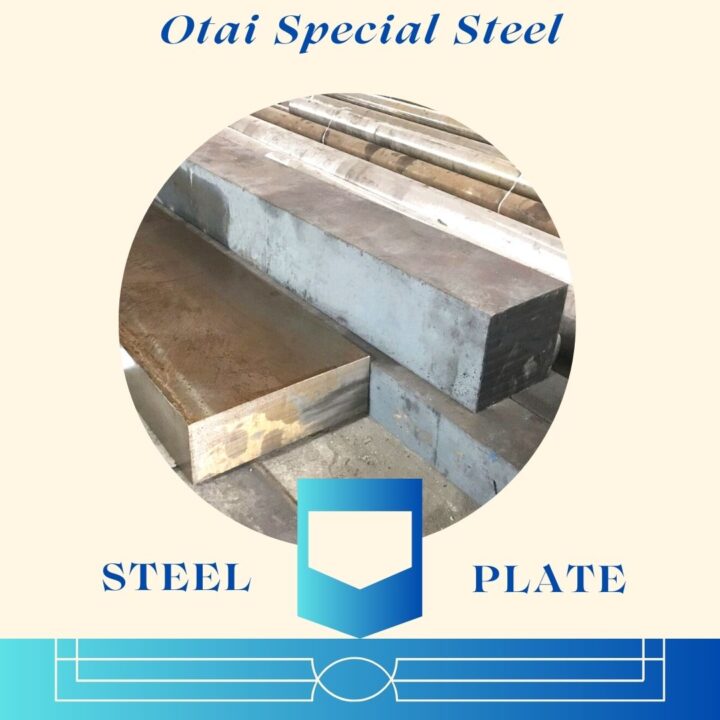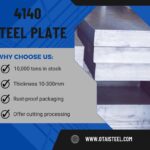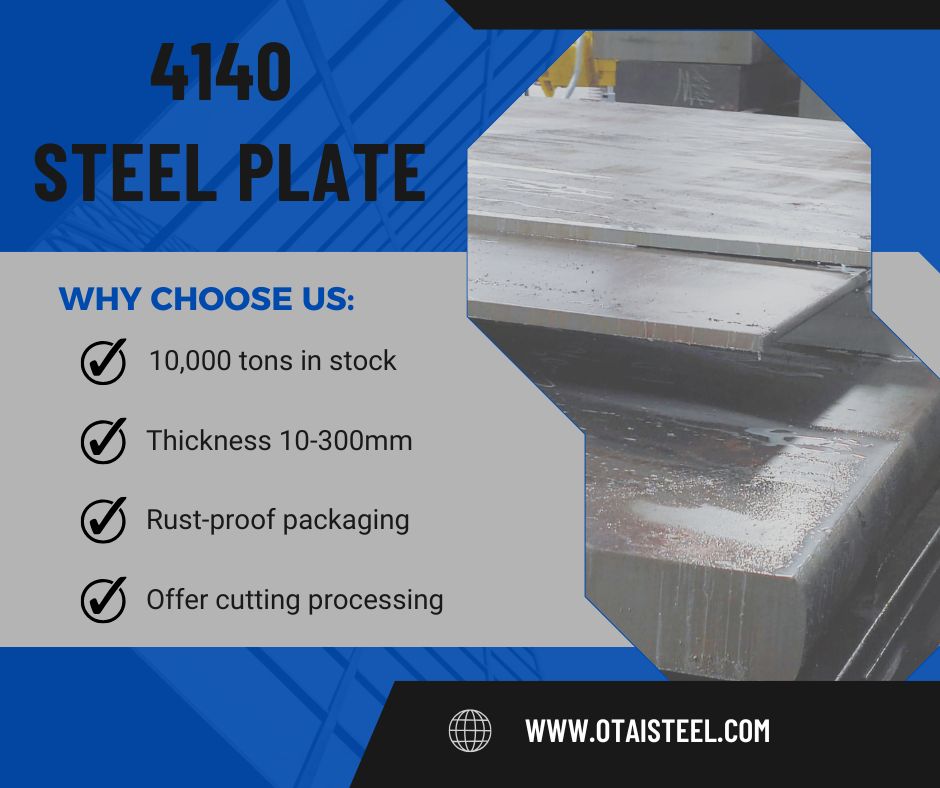
Density of 4140 Steel – Why It Matters for Your Projects
If you are sourcing alloy steel for shafts, gears, or heavy-duty components, knowing the density of 4140 steel can save you from costly weight miscalculations. Density plays a major role in determining how strong, heavy, and cost-effective your final part will be. In this article, we will dig into the numbers, compare 4140 with other materials, and show you how to calculate weight accurately. Let’s get started!
🔎 What Is the Density of 4140 Steel?
The density of 4140 steel in g/cm3 is approximately 7.85 g/cm³ at room temperature. In imperial units, the 4140 steel density lb/in3 is around 0.284 lb/in³. This density is very typical for medium-carbon alloy steels, which means 4140 offers a good balance between weight and strength.
| Unit | 4140 Steel Density |
|---|---|
| g/cm³ | 7.85 |
| kg/m³ | 7850 |
| lb/in³ | 0.284 |
This stable density value makes 4140 a reliable choice for parts where weight control is critical.
🧪 Chemistry and Its Effect on Density
4140 steel’s density is directly related to its chemical composition. Here is the typical breakdown:
| Element | Content (%) |
| Carbon | 0.38 – 0.43 |
| Chromium | 0.8 – 1.1 |
| Molybdenum | 0.15 – 0.25 |
| Manganese | 0.75 – 1.0 |
| Silicon | 0.15 – 0.35 |
| Iron | Balance |
Chromium and molybdenum slightly increase the weight compared to plain carbon steels, but they also significantly improve hardenability and wear resistance. This is why 4140 steel material density is slightly higher than mild steel.
⚖️ 4140 Steel Weight Calculations
Knowing the 4140 steel weight per cubic inch is critical for material planning. Here’s the formula you can use:
Weight = Volume × Density
Example – Round Bar
Imagine you need a 4140 round bar with diameter 100 mm and length 1 meter:
- Volume = π × (0.05 m)² × 1 m ≈ 0.00785 m³
- Weight = 0.00785 m³ × 7850 kg/m³ ≈ 61.6 kg
Example – Steel Plate
For a plate 500 mm × 500 mm × 20 mm:
- Volume = 0.5 × 0.5 × 0.02 = 0.005 m³
- Weight = 0.005 × 7850 ≈ 39.25 kg
These quick calculations help avoid overspending on raw materials and shipping.
🔧 Comparing 4140 Density With Other Materials
Understanding 4140 steel specific gravity compared to other metals helps in making smart material choices.
| Material | Density (g/cm³) | Notes |
| 4140 Steel | 7.85 | Strong, tough, widely used |
| Mild Steel | 7.85 | Similar weight but lower strength |
| Stainless Steel 304 | 8.0 | Slightly heavier, better corrosion resistance |
| Titanium Grade 5 | 4.43 | Much lighter, but more expensive |
| Aluminum 6061 | 2.70 | Very light, lower strength |
🔑 Key takeaway: 4140 steel provides a good balance of weight and performance, while titanium or aluminum reduces weight significantly but at higher cost.
🏭 Industrial Applications Where Density Matters
The 4140 steel applications and density impact are critical in:
- Automotive – crankshafts, gears, connecting rods (where rotating mass affects performance)
- Oil & Gas – drill collars and downhole tools (weight ensures stability)
- Heavy Machinery – shafts, axles, spindles (balance between strength and weight)
- Tooling – dies, fixtures (where rigidity matters)
In all these applications, engineers rely on precise density data to calculate inertia, dynamic balance, and shipping weights.
🧠 Practical Tips for Engineers
- Always confirm supplier data sheets for 4140 steel material density, as slight variations may exist due to composition differences.
- When replacing mild steel with 4140, weight will stay roughly the same, but strength will increase, allowing you to reduce cross-section and save weight overall.
- For cost-sensitive projects, run a quick comparison with lighter materials to ensure you are not overengineering.
🌟 Company Advantages
At Otai Special Steel, we keep over 10,000 tons of 4140 steel plates and bars in stock, with thicknesses from 6 mm to 300 mm. We offer:
- Precision cutting to minimize waste
- Heat treatment (QT) for ready-to-use material
- Ultrasonic testing (UT) for quality assurance
- Fast delivery and competitive prices worldwide
This ensures your procurement process is smooth, cost-effective, and reliable.
❓ FAQ
Q: Is the density of 4140 steel affected by heat treatment?
A: Slightly. Quenching and tempering do not significantly change the density, but they do alter hardness and microstructure.
Q: How does 4140 density compare with aluminum?
A: 4140 is nearly 3 times heavier, but much stronger, so engineers often reduce section size to offset weight.
Q: Can I use density to estimate price?
A: Yes. Since steel is sold by weight, knowing the density lets you estimate cost before ordering.
Q: Does density change with temperature?
A: Only slightly. For most engineering applications, the change is negligible up to 200°C.
Q: Is 4140 the best choice for weight-sensitive parts?
A: If weight is your main concern, titanium or aluminum may be better choices, but 4140 is an excellent cost-effective compromise with outstanding strength.

